With the continued economic growth of my country, the country is vigorously developing the energy industry. Long-distance oil and gas pipelines are a crucial means of energy security. During the corrosion protection construction of oil and gas pipelines, the surface treatment of spiral steel pipe is a key factor in determining the service life of the pipeline's corrosion protection. It is a prerequisite for the strong bond between the anti-corrosion coating and the steel pipe. Research institutions have verified that in addition to factors such as the coating type, coating quality, and construction environment, the surface treatment of the steel pipe accounts for approximately 50% of the life of the anti-corrosion coating. Therefore, the surface treatment methods for spiral steel pipes should be strictly adhered to the requirements of the anti-corrosion coating specification for steel pipe surfaces, and continuous research, analysis, and improvement should be made.
The main surface treatment methods for SSAW steel pipes are as follows:
1. Cleaning:
Solvents and emulsions are used to clean steel surfaces to remove oil, grease, dust, lubricants, and similar organic matter. However, they cannot remove rust, scale, flux, and other deposits on the steel surface. Therefore, they are only used as auxiliary measures in corrosion protection production.
2. Tool Rust Removal:
The steel surface is polished with a tool such as a wire brush to remove loose or raised scale, rust, welding slag, etc. Hand tools can remove rust up to Sa2, while power tools can remove rust up to Sa3. If the steel surface is heavily coated with iron oxide scale, the tool's rust removal will be ineffective and the required penetration depth for corrosion protection will not be achieved.
3. Pickling:
Pickling is commonly performed using chemical and electrolytic methods. For pipe corrosion protection, only chemical pickling is used. This removes scale, rust, and old coatings. Sometimes, sandblasting can be used after rust removal. While chemical cleaning can certainly create an unavoidable cleanliness and roughness, its penetration is shallow and prone to contamination.
4. Shot Blasting:
Shot blasting utilizes a high-powered motor to drive the high-speed rotation of the spray blades, spraying (throwing) abrasives such as steel grit, steel shot, wire, and minerals onto the surface of the steel pipe under the action of centrifugal force. This not only completely removes rust, oxides, and scale, but also achieves the desired average roughness of the steel pipe through the impact and friction of the abrasive.
After spraying (polishing) and removing rust, not only can the physical adsorption effect of the outer surface of the pipe be expanded, but also the mechanical bonding effect between the anti-corrosion layer and the outer surface of the pipe can be enhanced. Therefore, spraying (polishing) rust removal is an ideal method for pipeline rust removal. Generally, shot blasting is mainly used for internal and external treatment of pipelines, and shot blasting is mainly used for surface treatment of pipelines.
To extend the lifespan of spiral pipes, their surfaces are processed as part of the production process. The most commonly used methods include cleaning, tool descaling, pickling, and shot blasting. Cleaning primarily removes grease, dust, lubricants, and other substances adhering to the spiral pipe surface. If cleaning alone isn't sufficient, pickling is used. Pickling, which can be chemical or electrolytic, offers corrosion protection. If the pipe surface is rusted, spiral pipe manufacturers use tools to remove rust, using wire brushes for cleaning and polishing. However, if the steel pipe surface is particularly rust-prone, even tool descaling may not be enough, requiring alternative methods. Finally, shot blasting is a method for improving spiral pipe surface quality. A high-powered motor drives blades to rotate at high speed, causing abrasives such as steel grit, steel shot, wire segments, and minerals to be centrifugally applied to the steel pipe surface, effectively removing rust.
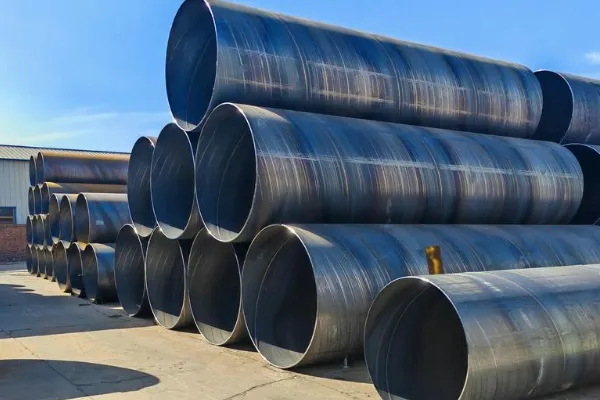
The production process of SSAW (Spiral Submerged Arc Welded) steel pipe involves uncoiling hot-rolled steel coil, forming it into a spiral shape at a specific angle, and continuously welding the edges with automatic double-sided submerged arc welding; after welding, the pipe undergoes sizing, cutting, and rigorous inspections such as hydrostatic testing, ultrasonic testing, and X-ray inspection to ensure high strength, tightness, and overall quality.






 English
English Español
Español بالعربية
بالعربية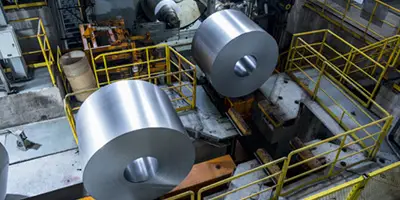
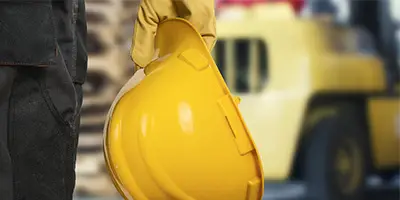
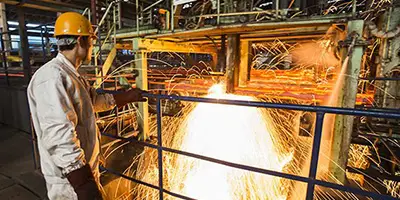
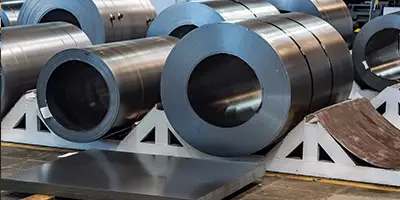

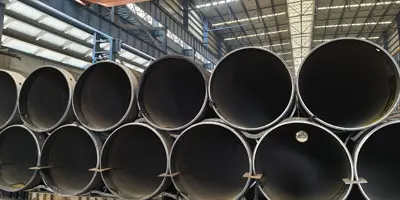
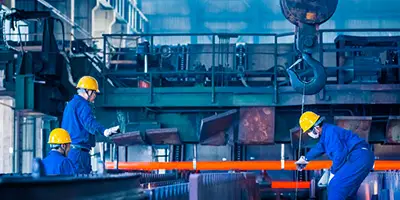
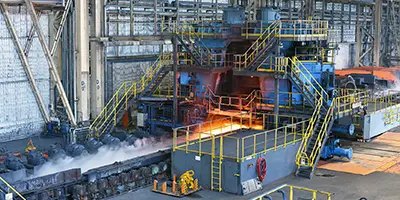
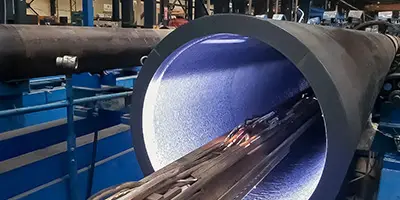
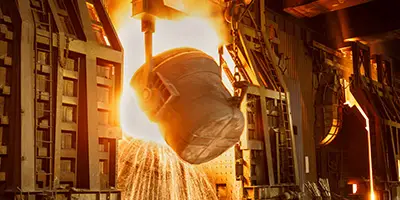
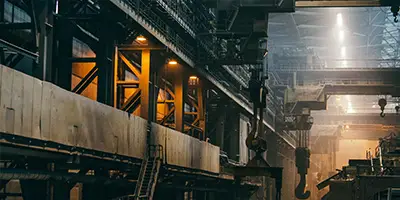

 Phone :
Phone :  Whatsapp :
Whatsapp :  Email :
Email : 


